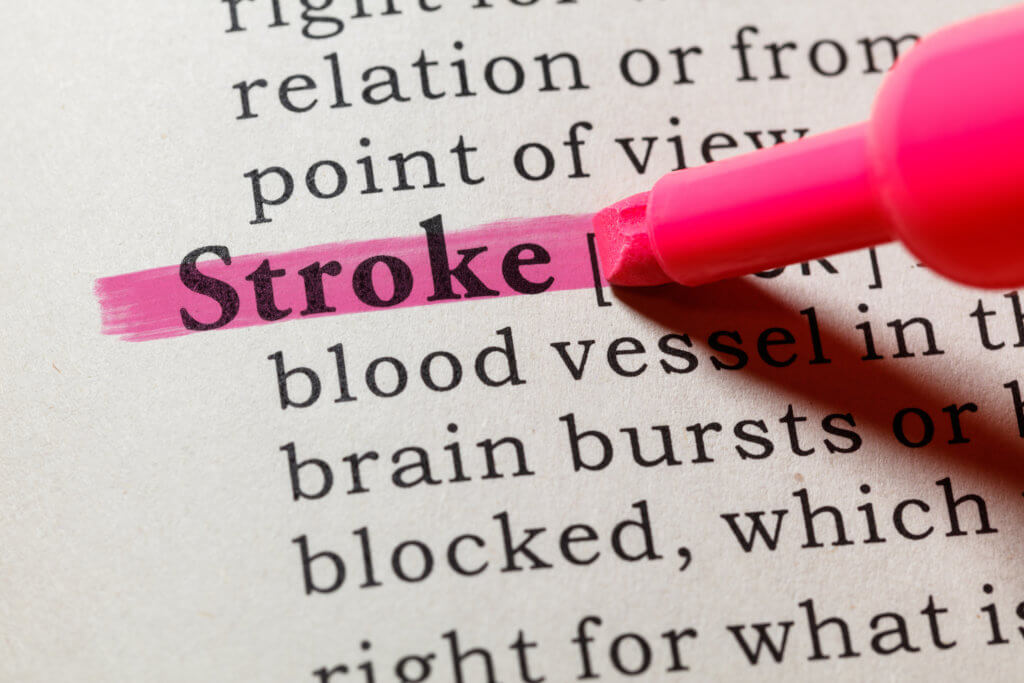A drug that repairs nervous system damage could revolutionize the treatment of stroke. Experiments on mice found the medication led to dramatic functional recovery after blood supply was cut off to the brain.
The animal model mimicked a severe ischemic stroke in humans caused by a blocked vessel. Scientists at the University of Cincinnati believe they’ve stumbled upon a “substantial breakthrough” if the results translate into the clinic. Codenamed NVG-291-R, the drug works by fueling the creation of neurons. It also has implications for tackling Alzheimer’s disease and spinal cord injury.
“We are very excited about the data showing significant improvement in motor function, sensory function, spatial learning and memory,” says senior author Agnes Luo, PhD, associate professor in the Department of Molecular Genetics and Biochemistry in UC’s College of Medicine, in a statement.
“Most therapies being researched today primarily focus on reducing the early damage from stroke,” Luo continues. “However, our group has focused on neurorepair as an alternative and now has shown that treatment with NVG-291-R not only results in neuroprotection to reduce neuronal death but also robust neuroreparative effects.”
Lab rodents were injected with the medication after surgically-induced strokes. Those receiving the medication regained the ability to perform challenging physical and mental tasks. For instance, they were able to speedily remove adhesive tapes from their paws. They were also much better at learning and remembering their way around mazes than untreated peers.
The study also finds the drug was effective even when administered as late as seven days after stroke onset.
Currently there are no U.S. Food and Drug Administration-approved treatments to repair the damage caused by a stroke. Significantly, further tests found genetic deletion of the molecular target of the drug also showed similar effect on neural stem cells.
“The only current FDA-approved drug for treatment of stroke does not repair damage and must be administered within 4.5 hours of stroke onset,” says Luo. “Most therapies being researched need to be applied within 24-48 hours of a stroke’s onset. A product that works to repair damage from stroke even a week after symptom onset would change the paradigm for stroke treatment.”
Co-author Jerry Silver, a professor of neurosciences at Case Western Reserve University’s School of Medicine, and an advisor to the startup biotech company NervGen, explains that the drug repaired damage through at least two avenues. It boosted fresh neuronal connections and the migration of newly born neurons derived from neuronal stem cells to the site of the damage.
“NVG-291-R’s ability to enhance plasticity was demonstrated by using staining techniques that clearly showed an increase in axonal sprouting to the damaged part of the brain,” says Silver. “This enhanced plasticity is an excellent validation of the same powerful mechanisms that we and other researchers were able to demonstrate using NVG-291-R in spinal cord injury.”
Vancouver-based NervGen Pharma Corp holds exclusive worldwide rights to the drug, described in Cell Reports. It is currently being tested for safety in a Phase 1 clinical trial in healthy human subjects.
NervGen also plans to initiate trials in patients with spinal cord injury, Alzheimer’s and multiple sclerosis in 2022 and 2023. Chief executive Paul Brennan says it also offers the prospect of reversing the damage caused by dementia and giving paralyzed people the chance of walking again.
Strokes happen when a vessel is either blocked or bursts, cutting off blood supply to parts of the brain. Almost 800,000 people in the U.S. suffer one each year, 137,000 of whom die. Stroke reduces mobility in more than half of survivors aged 65 and older. It also occurs in younger adults. Almost four-in-ten hospitalized patients are under 65.
“Stroke profoundly alters the lives of affected individuals and is one of the leading causes of death and disability worldwide,” adds Luo. “Current treatment strategies are largelyneuroprotective and all are limited by narrow time windows. However, the potential for regeneration and plasticity in the post stroke central nervous system is still possible for weeks or even longer, which may provide an extended opportunity for treatment.”
Report by Mark Waghorn, South West News Service












